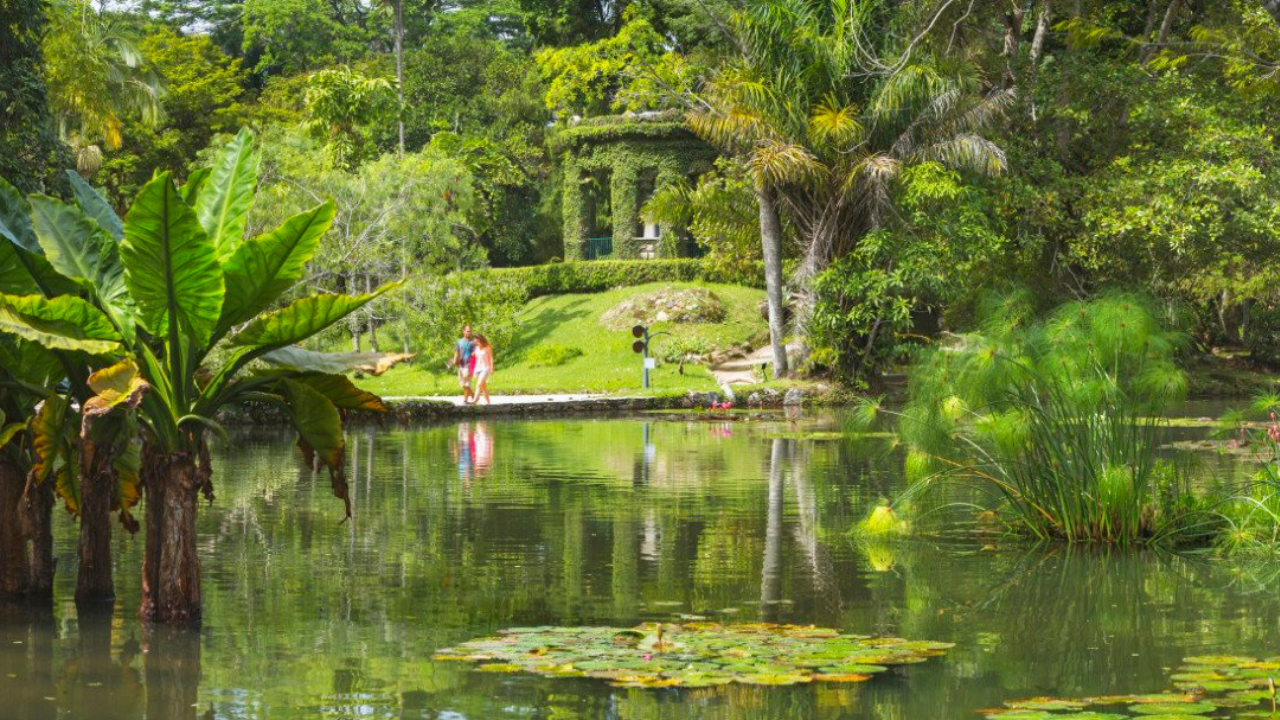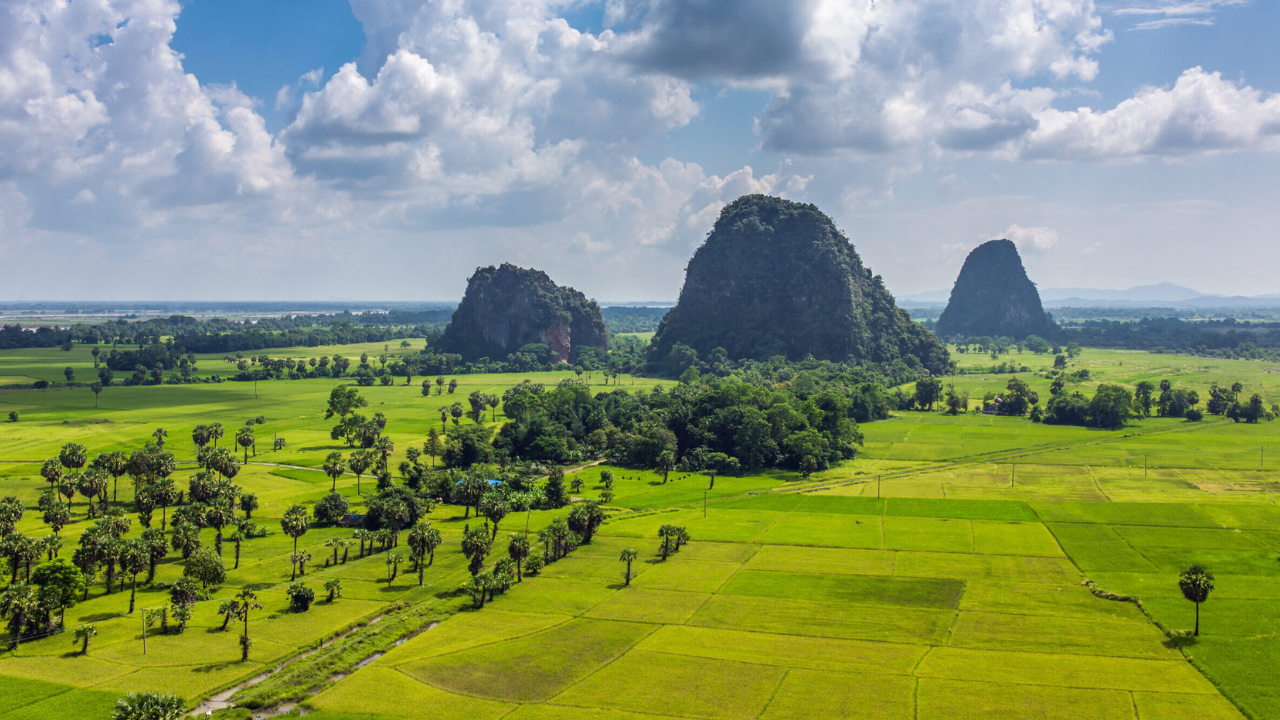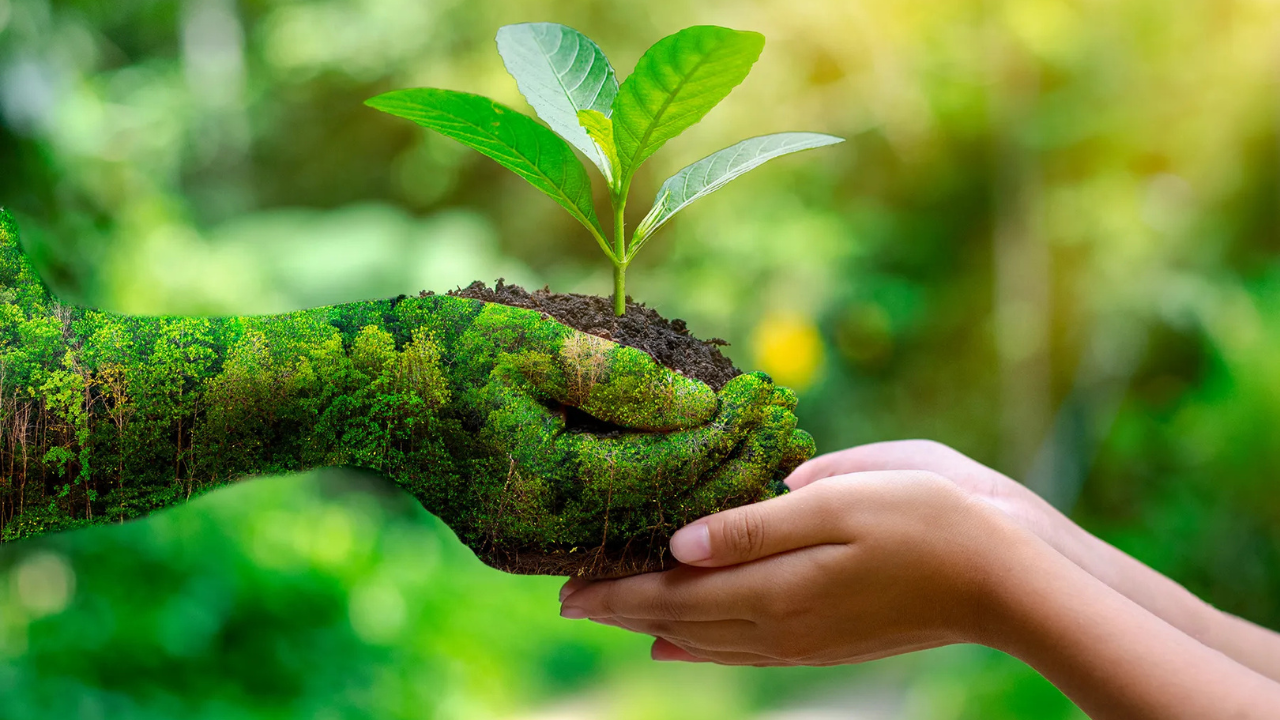
The Legal Structure for Biodiversity Benefits-Sharing Already Exists in Brazil: Here’s How It Can Serve Communities
Brazil, a nation renowned for its unparalleled biodiversity, has long been a global leader in crafting policies to protect its natural heritage while ensuring equitable benefits for its people. The legal framework for biodiversity benefits-sharing, formalized through Law No. 13,123/2015—commonly known as the Brazilian Biodiversity Law—represents a pioneering effort to balance conservation, sustainable use, and fair compensation for communities tied to the land. Rooted in international commitments like the Convention on Biological Diversity (CBD) and the Nagoya Protocol, this legislation offers a structured mechanism to share the economic and social rewards derived from Brazil’s genetic resources and traditional knowledge. For communities—especially indigenous peoples, traditional farmers, and local stewards of the forest—this law holds transformative potential. This article explores how Brazil’s legal structure for biodiversity benefits-sharing works, its opportunities for communities, and its broader implications for forest conservation, sustainable living, and woodland exploration.
The Foundation of Brazil’s Biodiversity Law
Brazil’s journey toward a benefits-sharing framework began with its ratification of the CBD in 1994, followed by decades of evolving domestic policies. The Provisional Measure (MP) 2,186-16 of 2001 was the first attempt to regulate access to genetic heritage and associated traditional knowledge (ATK), but it faced criticism for its bureaucratic hurdles and failure to effectively distribute benefits. Responding to these shortcomings, Law No. 13,123/2015, enacted on May 20, 2015, and effective from November 17, 2015, overhauled the system. Decree No. 8,772/2016 further clarified its implementation, creating a more streamlined and community-oriented approach.
The law defines genetic heritage (GH) as information of genetic origin from plants, animals, microbes, or other species within Brazil’s territory, including its territorial sea and exclusive economic zone. ATK encompasses the practices and knowledge of indigenous populations, traditional communities, and farmers about the uses of these resources. Its core objectives align with the CBD’s pillars: conserving biodiversity, promoting sustainable use, and ensuring fair and equitable sharing of benefits arising from their utilization.
The National System for Genetic Heritage and Associated Traditional Knowledge Management (SisGen), launched in 2017, serves as the operational backbone. It requires companies, researchers, and institutions accessing GH or ATK to register their activities, fostering transparency and accountability. Monetary benefits—typically 1% of net revenue from commercial products (reducible to 0.1% via sectoral agreements)—are channeled either directly to communities or into the National Benefit-Sharing Fund (FND), which supports conservation and community projects.
How the Law Serves Communities
- Economic Empowerment Through Benefit-Sharing
For indigenous and traditional communities—often the unsung guardians of Brazil’s forests—the law offers a pathway to economic empowerment. When a company develops a product (e.g., a cosmetic, pharmaceutical, or food item) using genetic resources or ATK, it must share a portion of the profits. For instance, if a skincare brand uses andiroba oil—a traditional Amazonian remedy—the community providing the knowledge or resources could receive direct payments or see funds allocated to local initiatives via the FND.
In 2024, the FND disbursed its first grants, totaling 1.25 million reais (approximately USD $235,000), to 24 communities identified as biodiversity stewards. Each received 50,000 reais (USD $8,940) to support conservation efforts, marking a tangible step toward rewarding their ecological contributions. This financial influx can fund education, healthcare, or sustainable livelihoods, reducing poverty in remote areas often overlooked by mainstream economies. - Recognition of Traditional Knowledge
The law explicitly acknowledges ATK as a valuable asset, granting legal recognition to the wisdom passed down through generations. Communities like the Guarani, who have cultivated knowledge of stevia for centuries, or the Quilombolas, who sustain agroforestry systems, gain a voice in how their heritage is used. When ATK is of identifiable origin, benefits flow directly to the source community; when unidentifiable (e.g., knowledge shared across multiple groups), the FND steps in to distribute resources equitably.
This recognition not only validates cultural heritage but also empowers communities to negotiate with corporations, fostering a sense of agency over their natural and intellectual resources. - Conservation Incentives
By linking benefits to biodiversity preservation, the law incentivizes communities to maintain healthy ecosystems. Funds from the FND can support reforestation, agroecology projects, or wildlife monitoring—activities that align with forest conservation and seasonal woodland activities. For example, a community in the Cerrado might use grants to protect native fruit species like pequi, enhancing local diets while preserving habitat for wildlife spotting opportunities like the maned wolf.
This synergy between economic gain and ecological stewardship encourages sustainable practices, reinforcing Brazil’s role as a global biodiversity hotspot. - Strengthening Community Governance
The Genetic Heritage Management Council (CGEN), which oversees the law’s implementation, includes representatives from indigenous, traditional, and farming communities alongside government and industry voices. Though they hold a minority (40%) of seats, their inclusion ensures community perspectives shape policy. Community protocols—documents outlining local customs and consent processes—further empower groups to define how their resources and knowledge are accessed, aligning with international standards like the International Labour Organization’s Convention 169.
Opportunities Beyond Economics
The benefits-sharing framework extends beyond financial rewards, touching on social, cultural, and environmental dimensions vital to woodland communities:
- Education and Capacity Building: Funds can support training in tree and plant identification or sustainable harvesting techniques, equipping younger generations to carry forward traditional practices while adapting to modern conservation needs.
- Health and Wellness: Access to resources from biodiversity (e.g., medicinal plants) supports fitness and wellness, a cornerstone of rural life. Communities can use benefits to maintain herbal medicine traditions, enhancing resilience against healthcare disparities.
- Cultural Preservation: By valuing ATK, the law helps preserve languages, stories, and rituals tied to the forest, enriching nature photography and woodland exploration experiences for locals and visitors alike.
- Ecotourism Potential: Well-funded communities can develop ecotourism initiatives—think guided hikes for wildlife spotting or camping in woodlands—creating jobs while showcasing Brazil’s natural splendor.
Challenges to Community Benefits
Despite its promise, the law faces hurdles that could limit its impact on communities:
- Bureaucratic Barriers
Registering with SisGen or navigating benefit-sharing agreements can be daunting for remote communities with limited access to technology or legal expertise. The initial legislation was criticized for its complexity, and while streamlined, it still requires outreach to ensure inclusivity. - Uneven Implementation
Enforcement varies across Brazil’s vast regions. The Amazon, with stronger monitoring, benefits more than the Caatinga or Pantanal, where resources are stretched thin. Smallholder farmers, producing 30% of Brazil’s crops, often lack the documentation to claim benefits, risking exclusion. - Corporate Influence
Critics argue the law favors industry—pharmaceuticals, cosmetics, and agribusiness—over communities. The 1% revenue cap (or less with sectoral agreements) is seen as modest, and companies can opt for non-monetary benefits (e.g., infrastructure projects), which may not directly reach communities. The Business Movement for Biodiversity (MEB), involved in the law’s drafting, underscores this tension. - Traditional Knowledge Disputes
When knowledge spans multiple groups—like stevia’s use across indigenous nations—determining rightful beneficiaries is complex. Without clear resolution mechanisms, conflicts could arise, undermining equitable sharing. - Global Compliance Gaps
Foreign companies accessing Brazilian biodiversity outside the country (e.g., stevia cultivated abroad) may evade benefit-sharing obligations, despite Brazil’s 2021 ratification of the Nagoya Protocol. This limits the law’s reach unless international enforcement strengthens.
Bridging the Gaps: Enhancing Community Impact
To maximize the law’s potential, several steps can align it more closely with community needs and forest conservation goals:
- Outreach and Education: Government and NGOs could deploy mobile units to rural areas, helping communities register with SisGen and understand their rights. Workshops on tree and plant identification or sustainable land use could build capacity.
- Increased Funding: Raising the FND’s budget—beyond the 9 million reais (USD $1.6 million) collected in 2024—could scale up grants, supporting more than the initial 24 communities.
- Stronger Community Voice: Expanding CGEN’s community representation to 50% would balance power dynamics, ensuring policies reflect grassroots realities.
- Simplified Protocols: Streamlining community protocols and providing templates in local languages would ease participation, especially for smaller groups.
- Global Advocacy: Brazil could leverage its Nagoya Protocol status to push for stricter international compliance, ensuring benefits flow back to communities even when resources are accessed abroad.
Real-World Examples of Success
The law is already bearing fruit in pockets of Brazil:
- Andiroba in the Amazon: In Pará, communities harvesting andiroba seeds for oil have partnered with cosmetic firms, using SisGen to register access. Profits fund local schools, blending economic gain with social good.
- Stevia and the Guarani: Though historically exploited without compensation, Guarani communities are now poised to claim benefits from stevia-based products, with FND grants supporting agroforestry projects.
- Cerrado Conservation: In Goiás, traditional farmers received FND funds to restore native vegetation, boosting wildlife spotting opportunities like anteaters and enhancing ecotourism.
These cases illustrate how the law can weave together forest conservation, sustainable living, and community well-being when effectively implemented.
Broader Implications for Brazil and Beyond
For Brazil, the Biodiversity Law reinforces its global leadership in conservation, aligning with COP26 goals to halt deforestation by 2030. It supports the Amazon’s 60% forest cover—home to 30% of the world’s tropical rainforests—while addressing the 16.5% conservation gap in protected areas. By empowering communities, it also strengthens indigenous land rights, a proven buffer against forest loss.
Globally, Brazil’s model offers lessons for biodiversity-rich nations. Countries like Peru or Indonesia could adapt its benefits-sharing structure, tailoring it to their contexts. The emphasis on satellite monitoring (via the China-Brazil Earth Resources Satellite program) and traceability could inspire tech-driven conservation worldwide, enhancing woodland exploration and nature photography opportunities.
Conclusion
Brazil’s legal structure for biodiversity benefits-sharing, embodied in Law No. 13,123/2015, is a bold step toward equity and sustainability. It transforms communities from passive stewards into active beneficiaries, channeling the wealth of Brazil’s forests—both ecological and economic—back to those who sustain them. While challenges like bureaucracy and corporate sway persist, the law’s potential to uplift indigenous peoples, traditional farmers, and local guardians is undeniable. By refining its execution, Brazil can ensure that the Amazon’s jaguars, the Cerrado’s fruit trees, and the Pantanal’s wetlands thrive alongside the people who call these woodlands home. For communities, it’s a chance to not just survive but flourish—rooted in the very biodiversity they’ve nurtured for centuries. How will Brazil build on this foundation to lead the world in conservation and justice? The answer lies in the hands of its people and the forests they protect.
-

Peru Approves New Innovative Environmental Policies: A Step Forward for Forest Conservation and Woodland Exploration
-

The Legal Structure for Biodiversity Benefits-Sharing Already Exists in Brazil: Here’s How It Can Serve Communities
-

China and Brazil’s Joint Commitment to End Illegal Deforestation: Implications for EU, UK, and US Importers
-

FT Fellows: Helping Forest Trends Stay Global and Nimble Since 2000
-

The Return of REDD+ Signals Good News from Bonn: A Renewed Hope for Forest Conservation
-

Forests Can Help Bridge Pre-2020 Climate Action Gap: A Call to Nature’s Power
-

Forests Win Big in the Paris Agreement: A Triumph for Nature and Humanity
-

Bonn Climate Talks Make Progress: REDD+ Emerges as the Big Winner in June 2015
-

Andenes y Terrazas: Ingeniería Andina al Servicio del Agua y los Suelos
-

Our Priorities for 2021: A Roadmap for Sustainable Growth and Impact

Leave a Reply